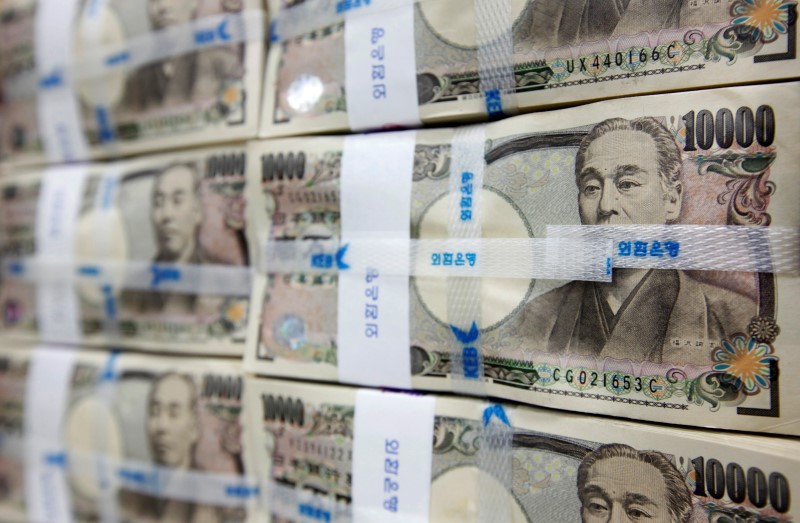Investing.com — Most Asian currencies were largely unchanged on Wednesday, while the Japanese yen strengthened against the dollar as markets worried about the impact of new tariffs under incoming US President Donald Trump.
The dollar retreated slightly as focus turned to crucial economic data from the world’s largest economy for more clues on interest rates.
On Tuesday, Trump renewed his vow to impose sweeping tariffs on Chinese imports, promising an additional 10% tariff on all goods from China and 25% on products from Mexico and Canada. The vow has reignited fears of a global trade war, with dire consequences for Asian economies, which are heavily dependent on trade.
Shares fell in Asian trading after gaining in the previous session. also checked off.
China’s yuan remained under pressure on Wednesday, with the domestic yuan currency pair rising 0.1% and hovering around a four-month high. The pair was up 0.2% in the previous session.
Other regional currencies were also under pressure as concerns about global economic growth and trade friction weighed on sentiment.
The Singapore dollar pair rose marginally, and the Thai baht pair fell 0.1%.
The Australian dollar pair remained flat following a mixed trend that showed headline inflation remaining stable while underlying inflation rose in October.
The Japanese yen pair fell 0.5% as traders looked for safe havens amid renewed trade tensions, while the Indian rupee rose 0.1%, staying close to recent record highs.
Meanwhile, the New Zealand dollar recovered from multi-month lows with a rise of 0.5% after the country’s central bank cut by 50 basis points and announced further easing early next year, citing subdued domestic economic activity and declining inflationary pressures..
Markets are awaiting US data for clues about the Fed’s interest rate outlook
The market’s focus now has been on data, due later on Wednesday. The figures are the Federal Reserve’s favorite inflation gauge and come after the central bank’s November meeting showed policymakers were divided on plans for future rate cuts.
A revised reading of the US third quarter figures will also follow later in the day.
Recent signs of resilience in the US economy have raised some doubts about how much incentive the Fed has to continue cutting rates quickly. Traders saw their expectations that the Fed will cut rates in December lower, especially after strong inflation data for October.
While a possible Fed rate cut could provide some relief to emerging markets, any signs of persistent inflation or slower rate easing are likely to put pressure on Asian currencies.
Trump’s tariff promise is roiling trade-driven currencies
The Malaysian ringgit pair fell 0.2%, while the South Korean won and Philippine peso pairs were largely unchanged.
Emerging market currencies, especially those with high trade exposure to China, are feeling the pressure. The Malaysian ringgit, the Thai baht and the South Korean won have all weakened, with the ringgit and the baht falling around 2% since Trump’s November 5 election victory. These currencies, along with other currencies such as the Indian rupee and the Philippine peso, are vulnerable. to the ripple effects of higher tariffs, as trade-dependent economies are likely to bear the brunt of any US actions.
Countries like South Korea and Singapore, which have strong trade ties with the US and China, could see their currencies weaken further if the tariffs are imposed. Analysts expect these developments to test the stability of Asian currencies in the coming months, as investors hedge against the potential fallout from a renewed trade war between the US and China.


